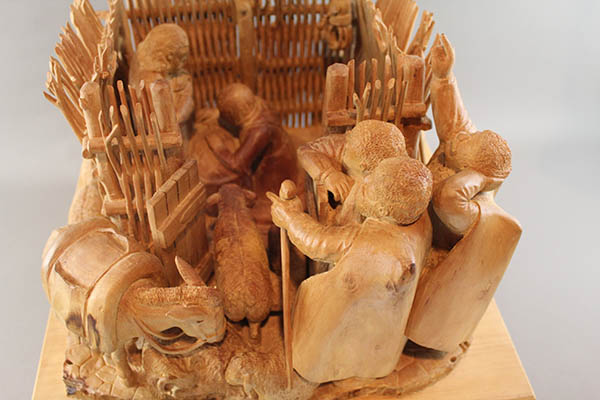
Nairi Safaryan has been interested in woodcarving since his childhood in Armenia, but didn’t immediately pursue it as a career. “When he was a child, he wanted to go to an art school, but his parents said it’s better if you choose engineering or a ‘real’ profession,” said Nairi’s daughter Larisa, acting as a translator.
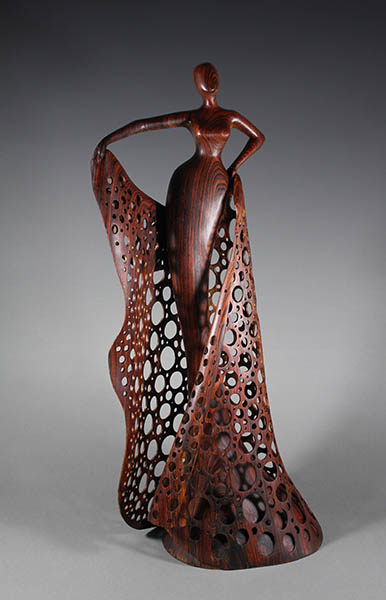
So, he did. Graduating from Yerevan Polytechnic Institute in Yerevan, Armenia, Nairi worked as an engineer who did carving on the side until shortly after the collapse of the Soviet Union and Armenia’s return to independent country status in 1991. “He chose what his heart wanted,” Larisa said of Nairi’s decision to become a full-time artist.
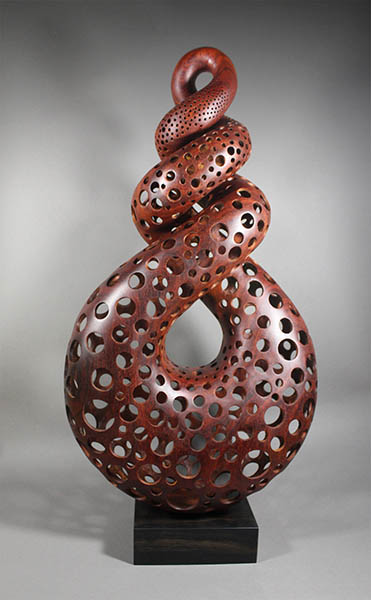
As a self-taught artist, Nairi started as a traditional carver, then began also making modern sculptures. Some pieces, he will first turn and then carve. “He’s a carver, turner and a sculptor, all at the same time,” Larisa said of her father. “All he does, he taught himself. That’s why his style, the way he works, is totally different from the other wood sculptors and carvers.”
One way in which this is reflected is Nairi’s choice of woods. Unlike many carvers, who choose softer woods, Nairi specifically chooses harder woods for his works. “The details that he does on his sculptures are very thin, very fragile, and that’s why he needs very hard wood,” Larisa said. “For example, the small details in the rose jewelry box, they are impossible to carve on softwoods.”
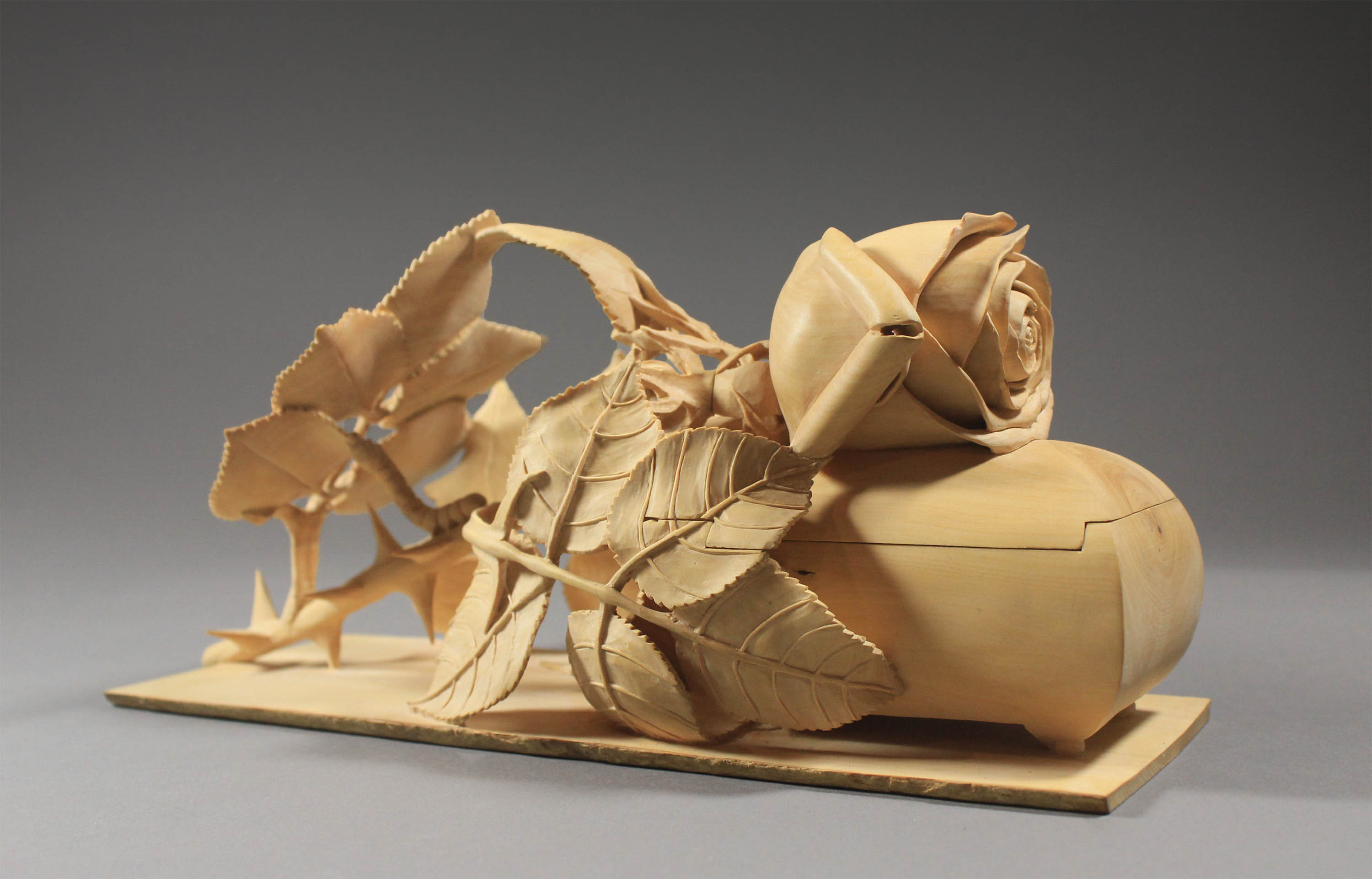
Because of his use of harder woods, Nairi sharpens his knives more often than other carvers, and also has to adapt his tools, since they need to be very thin and long to achieve the cuts he makes through several layers of wood. “Before he starts making a project, he thinks what tools he’ll need. He makes some tools for that particular sculpture and he may not use that tool [again] for many years.” He might reshape chisels, or design new tools and have them custom-made. In the case of some tools, such as one used to carve leaves inside a vase, he uses them once and then has never (yet) used them again.
He also searches out larger pieces of wood for his sculptures. The wood vendors Nairi works with, Larisa said, know this well. “Usually people come and buy small pieces for their projects, but Father goes and picks the largest ones. They call and say, ‘Hey, Nairi, we have this large piece of – let’s say ebony, or cocobolo – are you interested?’ because for his sculptures, he uses large pieces.”
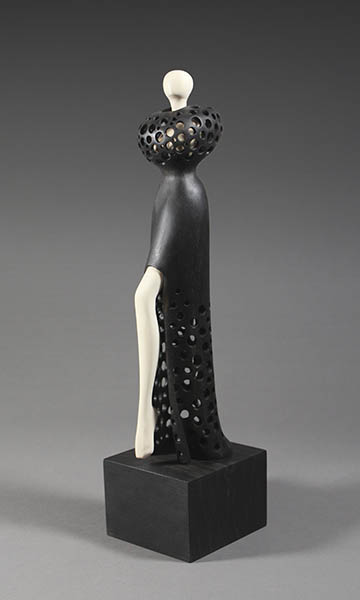
Some of the sculptures he’s enjoyed creating are a series of black and white women in ebony and holly wood. Plus, there are a few – eight pieces total since 1980 – with which Nairi has a deeper connection, after spending months on the process of carving them. “I think that you work with a piece of wood for more than one year, and the connection that you’ll have with that piece” is strong, Larisa said. Both the rose jewelry box and a vase with grapes are such long-term projects.
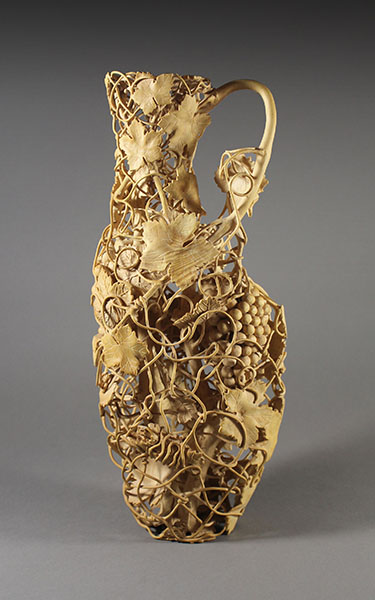
While a Nativity scene sculpture which depicts the way ancient Armenian shepherds would have constructed a stable did not take quite that long to carve, it did take about four to five months to finish. The Nativity is carved from wild pear, one of the woods, along with walnut and boxwood, that Nairi predominantly worked with in Armenia, which had a more limited selection of woods compared to the U.S.
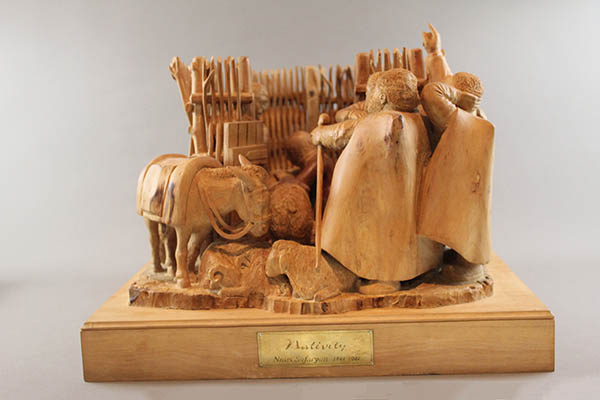
Nairi still has access, though, to his wood in Armenia, including a piece of boxwood he purchased in 1995 and has used only a small portion of. In addition to Nairi having a workshop in California, the Safaryans own a house in Armenia. “My dad has a workshop in Armenia with all his tools so he can go back and work any time,” Larisa said.
The Safaryans travel to Armenia almost every year. The rest of the time, they’re based in California. Nairi used to travel to the U.S. to participate in exhibitions that invited him, but decided to make the move when Larisa chose to pursue her post-graduate education in this country. (Although it’s not what her degree is in, she now works as a sculptor, too – just not in wood. As a child, Larisa said, “When my father was working, I used to sit on his lap and just watch what he was doing, for hours” – but the wood he used proved too difficult a material for her to work with. Nairi’s solution for Larisa? Eggshells.)





